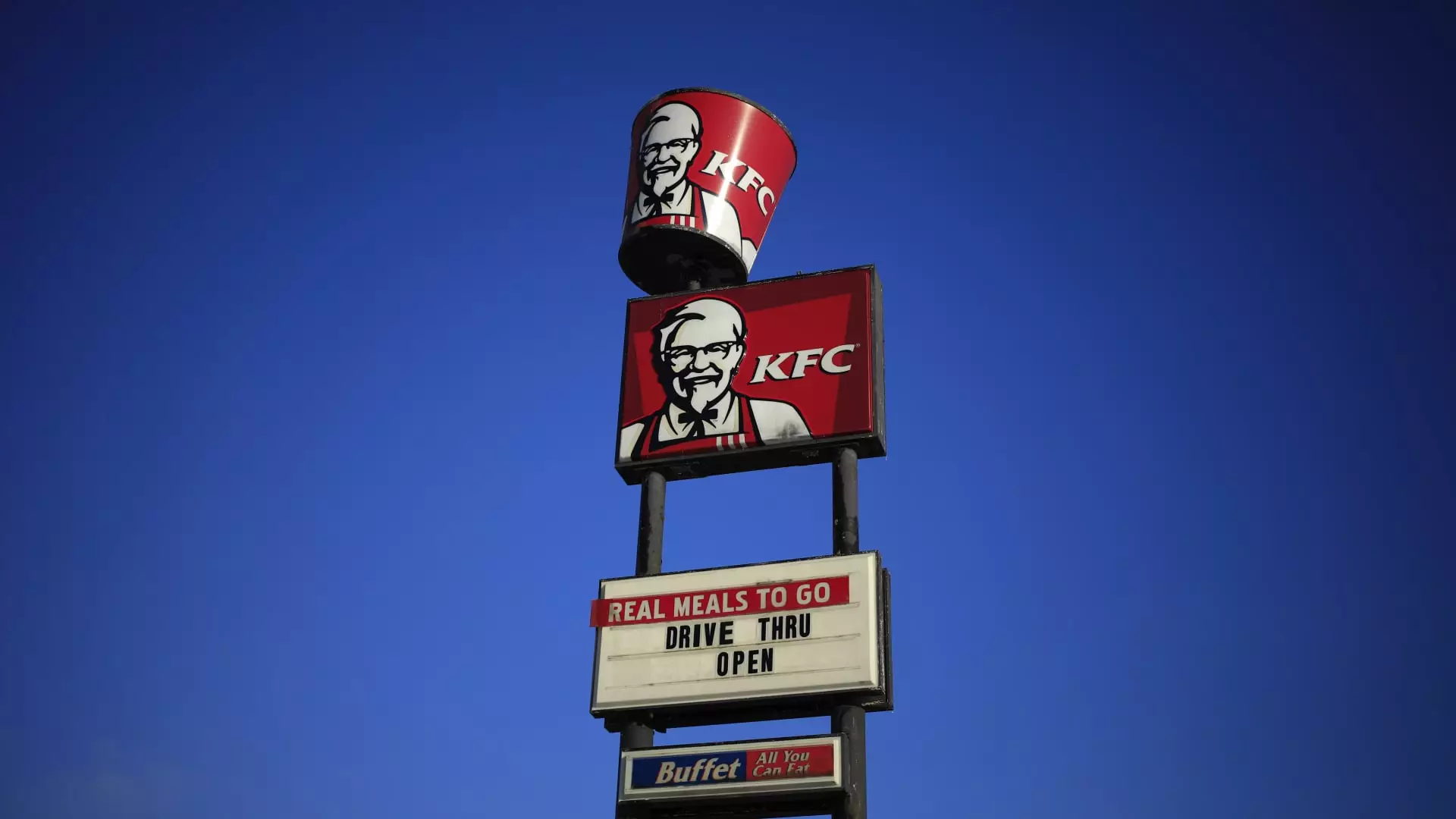Yum Brands has recently announced a significant change in its corporate structure: KFC, the beloved fried chicken chain synonymous with Kentucky, will relocate its U.S. headquarters from Louisville to Plano, Texas. This transition, expected to impact approximately 100 employees, represents more than just a physical move; it’s emblematic of shifting corporate strategies in response to evolving economic landscapes and workforce dynamics.
The decision to shift headquarters aligns KFC with Yum Brands’ broader strategy of establishing dual corporate hubs—one in Plano and another in Irvine, California. This bifurcation allows for greater operational efficiency, as global teams for KFC and Pizza Hut are already situated in Plano, while Taco Bell and the Habit Burger & Grill maintain offices in Irvine. Such geographic reorganization underscores a growing trend among companies seeking to optimize their operational frameworks and respond to the demands of a hybrid workforce model that has taken precedence since the onset of the COVID-19 pandemic.
Texas has increasingly become a favored destination for corporations looking to relocate. The state’s attractive business policies, including lower tax rates and favorable regulations, have drawn numerous companies away from traditional hubs like California and New York. This trend is not unique to KFC, as evidenced by rival Papa John’s previous relocation from Louisville to Atlanta. Such moves reflect a broader migration of businesses seeking more conducive environments for growth and sustainability. In a recent report from CBRE, Texas emerged as the most popular state for corporate relocations, a glowing endorsement of its economic landscape.
Despite moving its headquarters, Yum Brands is not completely severing ties with Kentucky. The company has announced plans to retain corporate offices in Louisville, showcasing a commitment to the community that nurtured its roots. Furthermore, KFC aims to maintain a visible presence in Kentucky by establishing a new flagship restaurant in Louisville. This dual approach ensures that while the operational core may shift, KFC remains engaged with its historical base, providing a sense of stability and continuity for its loyal customers and employees.
The move necessitates that approximately 90 remote employees relocate to the new campus, indicating Yum’s strategic pivot towards consolidating its workforce. This shift exemplifies the growing trend of companies adapting their operations to meet changing work paradigms—balancing on-site requirements with remote capabilities. As businesses continue to evolve in a post-pandemic world, such adaptations are critical for ensuring operational efficacy and employee satisfaction.
KFC’s relocation to Texas is a pivotal moment that encapsulates the complexities of modern corporate navigation. As companies like Yum Brands recalibrate their strategies to align with both employee needs and economic realities, the implications of such moves will resonate across the industry. While the fried chicken giant embarks on this new venture, its commitment to its roots in Kentucky remains, illustrating a transitional phase characterized by adaptation and resilience.

